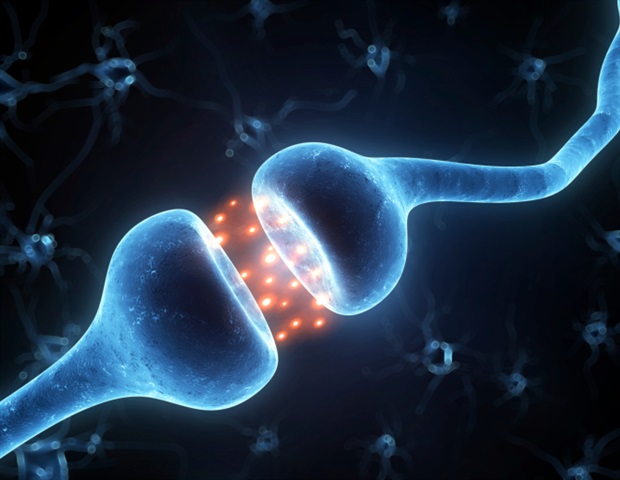As the population continues to age, there is greater focus on bone health and minimizing fractures to maintain mobility. A new study suggests that various types of hormone therapies not only increase lumbar spine bone mineral density (BMD) in postmenopausal women but also protect against bone loss, even after hormones have been discontinued. Study results are published online in Menopause, the journal of The North American Menopause Society (NAMS).
Osteoporosis is a common debilitating condition, with approximately 14 million cases in the United States alone. Characterized by decreased BMD and an increased risk of bone fragility that results in pain, fracture, and disability, it is often associated with estrogen deficiency. This explains why postmenopausal women have a greater risk of developing osteoporosis than older men.
Hormone therapy (HT), including estrogen-only and estrogen-progestogen combinations, is widely used for the prevention and management of osteoporosis, although there have been conflicting studies about the lingering benefits after the hormone use is discontinued.
In this study, which is based on real-world data from more than 6,000 postmenopausal women involved in the national Health and Nutrition Examination Survey, researchers sought to evaluate the associations of various types of hormone preparations with BMD, postmenopausal bone loss (osteopenia), and postmenopausal osteoporosis. They also explored the withdrawal effect of HT. Multiple therapies were studied, including oral contraceptive pills, estrogen-only pills, estrogen-progestogen combination pills, and estrogen-only patches.
On the basis of the results, researchers concluded that all the therapies evaluated increased lumbar spine BMD in postmenopausal women. Except for the estrogen-only patches, all forms of HT additionally provided protection against osteopenia. These benefits persisted even after the hormone preparations were discontinued. No association, however, was found between HT and osteoporosis prevalence.
Study results are published in the article "Association of hormone preparations with bone mineral density, osteopenia and osteoporosis in postmenopausal women: data from National Health and Nutrition Examination Survey 1999-2018."
This large cross-sectional study showed that current and prior use of multiple types of hormone therapies, including combined hormone contraception used in premenopausal women and menopause hormone therapies, were linked with bone protection in postmenopausal women and that these effects persisted after discontinuation of treatment. Additional study is needed to investigate the influence of time since stopping hormone therapy as well as the differential effects of various doses and formulations on bone health, including fracture risk."
Dr. Stephanie Faubion, NAMS Medical Director
The North American Menopause Society (NAMS)
Posted in: Medical Research News | Women's Health News
Tags: Aging, Bone, Bone Health, Bone Mineral Density, Contraception, Contraceptive, Disability, Education, Epidemiology, Estrogen, Fracture, Hormone, Medicine, Menopause, Nursing, Nutrition, Osteopenia, Osteoporosis, Pain, Pharmacy, Progestogen, Psychology, Research, Sociology, Spine
Source: Read Full Article



